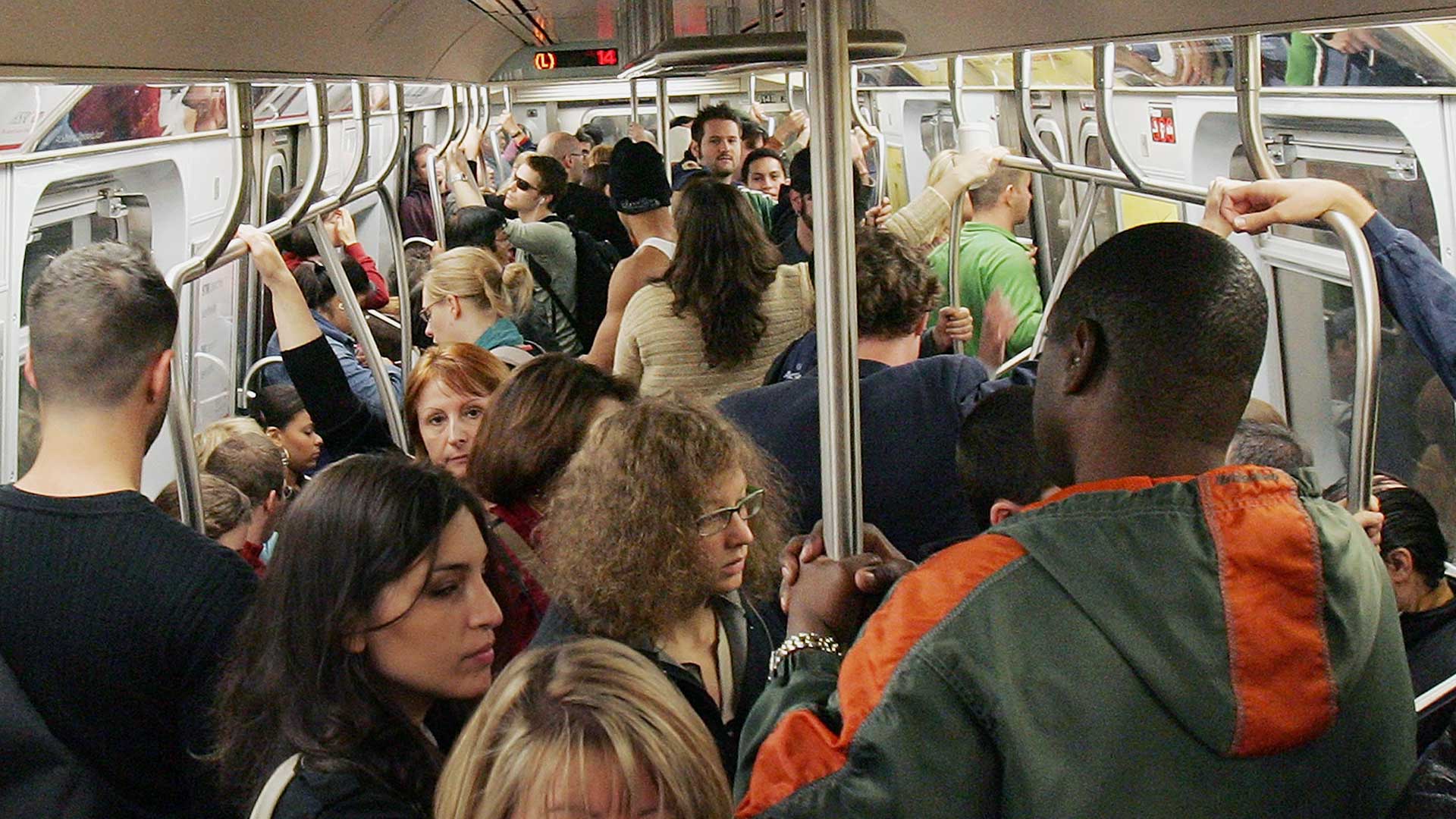

In 1915 The Brooklyn Rapid Transit Company, or BRT, offered service from Manhattan to Coney Island. Its cars featured experimental subway trains that featured open gangways. That is, a single, continuous car that bent, serpentlike, between segments, so that it could follow the curve of the tracks. The cars were even made of stainless steel. Now, an entire century later, the present owner of BRT track, and of the rest of the subway system, New York’s MTA, is stuck in an era prior to 1915, with train cars divided from one another by doors that are hard to pass through and that make car to car passage while the train is moving dangerous.
That will finally start to change as of 2020, when the MTA will begin experimenting with segment-less trains.
The proposed budget that came out last fall has been approved and includes the purchase of 10 open-gangway prototype cars. As is typical, Americans are seeing this innovation (that they invented) come to pass far later than cities overseas; both London and Paris already saw the light and began implementing the designs a few years ago.

The benefits are pretty obvious—more usable space, because riders can freely pass throughout the train, and faster loading and unloading, again because capacity is increased by up to 13 percent. A further benefit: safety. Not only because there’s less need to push and shove to get on and off the train, but because when trains are less crowded, like at night, everyone can see through the entire train.
The downside, however, isn’t just that the segment-less trains still aren’t here, but that the first purchase amounts to two lousy trains out of the MTA’s $2.7 billion purchase of new cars to replace the ancient trains running on the F and A lines.
One difference between 1915 and 2020: The new trains will feature wifi.